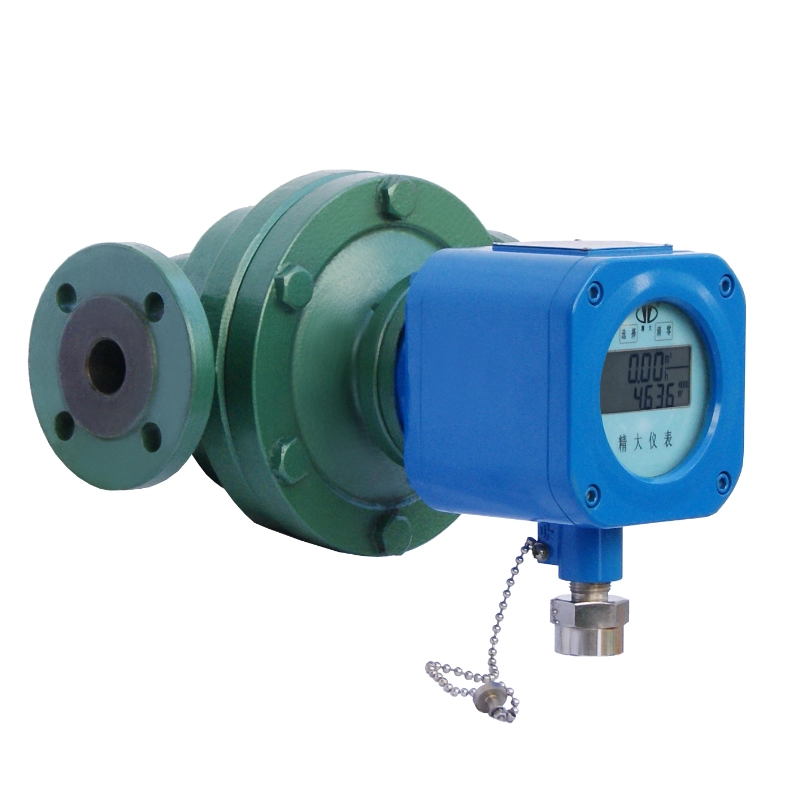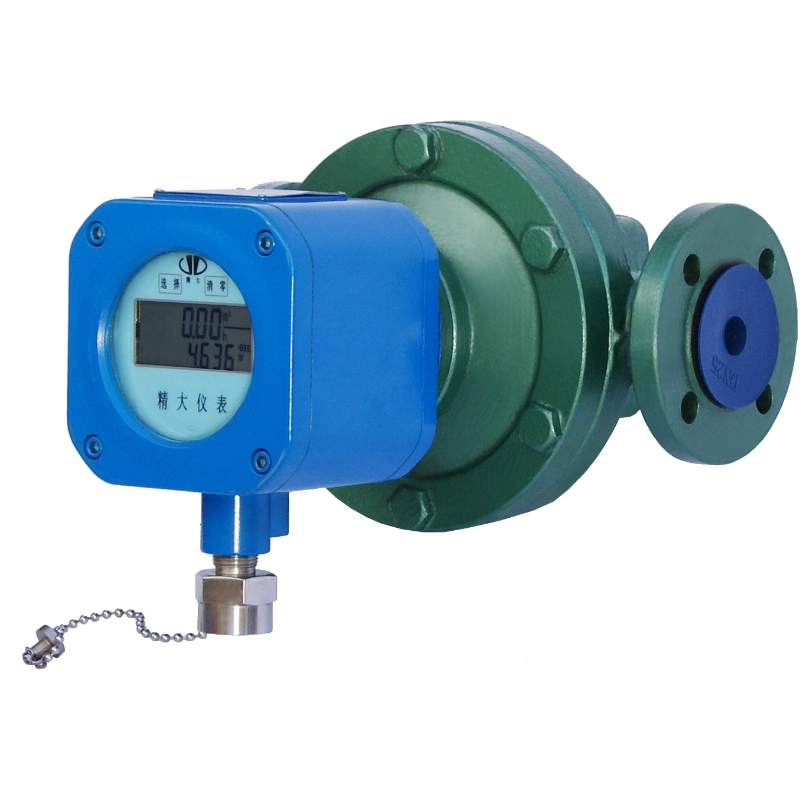About five common liquid flow meters-the basics you need to know
Release time: 2025-04-22
What is a liquid flow meter?
A liquid flow meter is a device used to measure the flow rate, mass flow rate, volume flow rate, density, temperature, etc. of a liquid flowing through a pipe or system. It helps monitor and control the flow of liquids in various industrial processes. Liquid flow meters are essential in industries such as chemical, petroleum, water treatment, food and beverage, and pharmaceuticals, helping companies improve production efficiency, reduce resource waste, and ensure production safety.

The working principles of liquid flow meters vary, depending on the type of flow meter. Here are the most common products and their working principles:
Oval gear flowmeters
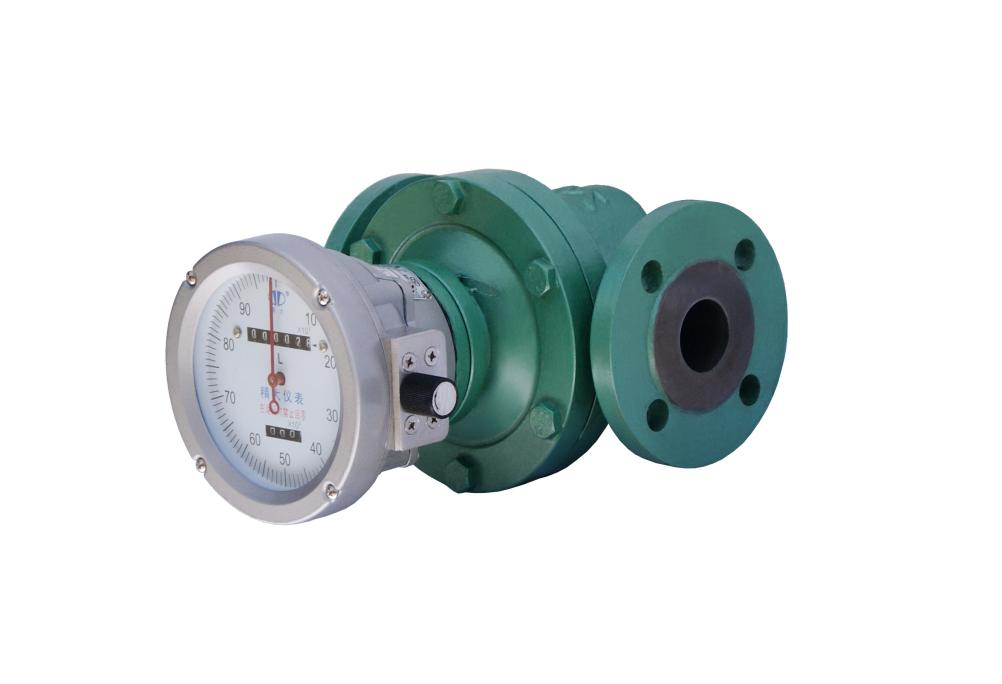
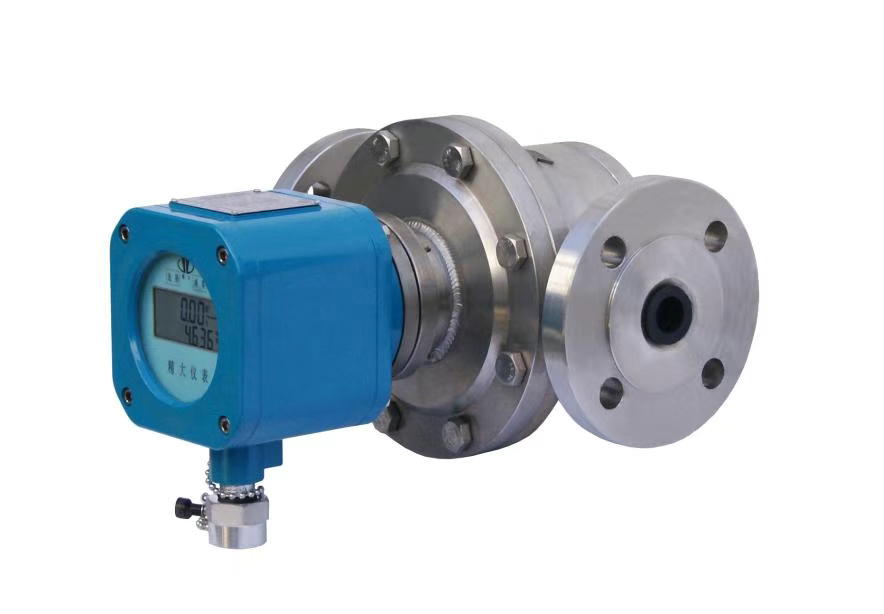
Principle: These meters measure the volume of liquid passing through by a fixed amount of liquid flowing into the metering chamber in each cycle. The total flow is calculated by counting the number of cycles. Application: Suitable for measuring low to medium speed flows and accurate metering of high viscosity liquids. Examples: Used in industries such as chemical, petroleum, pharmaceutical, power, metallurgy, and food.
Coriolis mass flowmeters

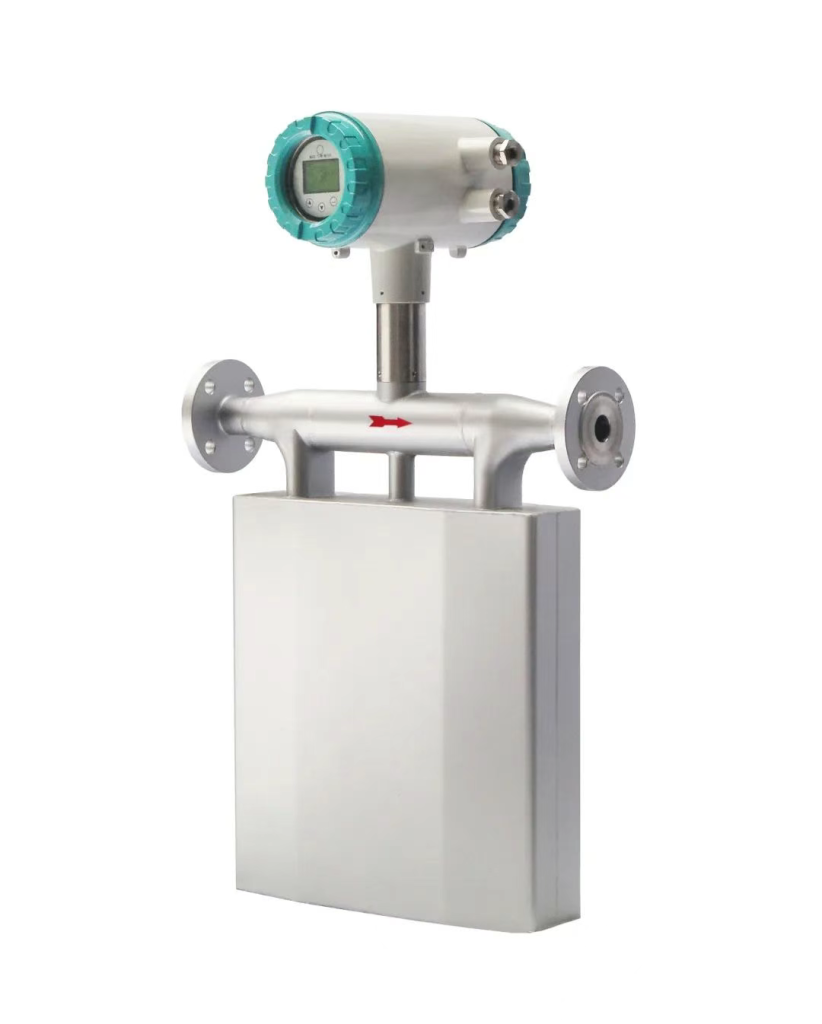
Principle: These meters directly measure mass flow. They use the Coriolis effect, which is when a liquid flows through a vibrating tube, it causes the tube to twist. The amount of distortion is proportional to the mass flow rate of the liquid. Application: With high accuracy and stability, it is ideal for measuring liquids and gases, especially in transportation transfer and critical process applications. Example: Used in the food, beverage and pharmaceutical industries.
Vortex flowmeter

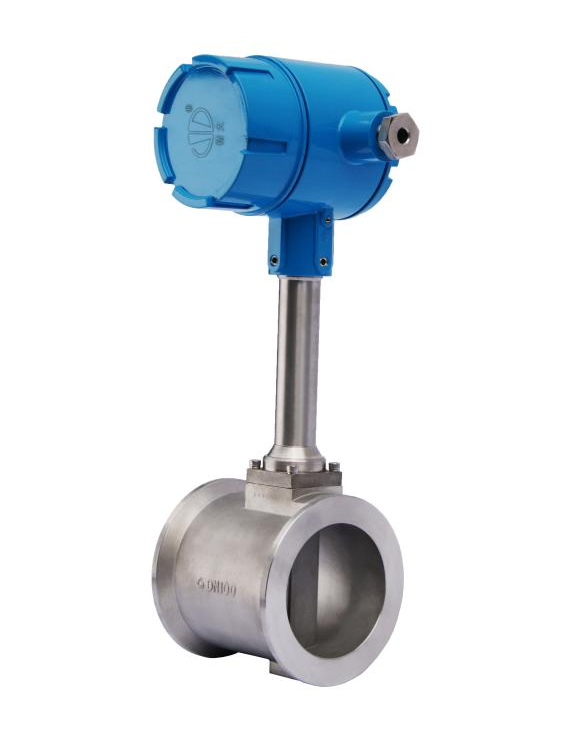
Principle: These meters operate on the principle of Karman vortex street. When a liquid flows over an obstacle (such as a blunt body), vortices are generated. The frequency of the vortex is proportional to the flow rate, and measuring this frequency determines the flow rate. Application: Commonly used for steam, gas and liquid flow measurement in industrial processes. Example: Used in the chemical and petroleum industries.
Turbine flowmeter
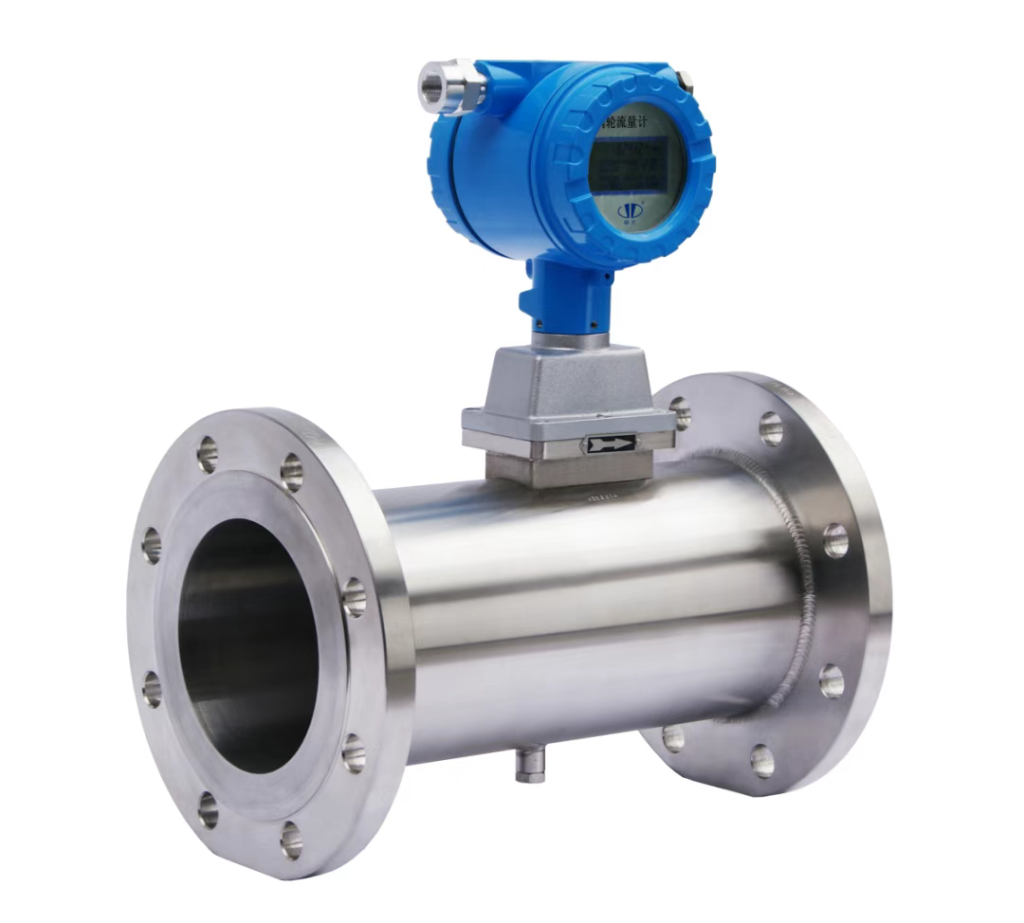
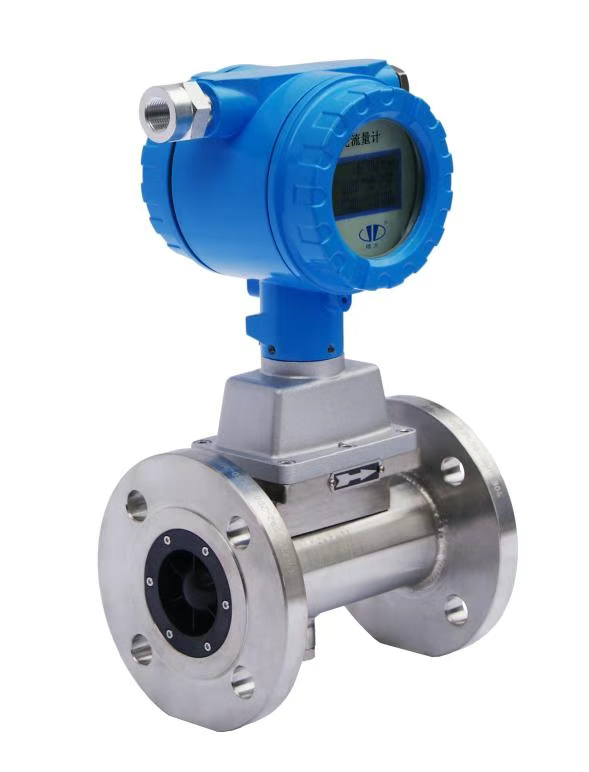
Principle: These meters use a turbine placed in the flow channel. When liquid passes through, it causes the turbine to rotate. The speed of the turbine is proportional to the flow rate, and this motion is converted into an electrical signal or count to measure the flow rate. Application: Ideal for clean energy, low viscosity liquids, and gas measurements. Example: Turbine flowmeters are commonly used for water and fuel flow measurement.
Electromagnetic flowmeter
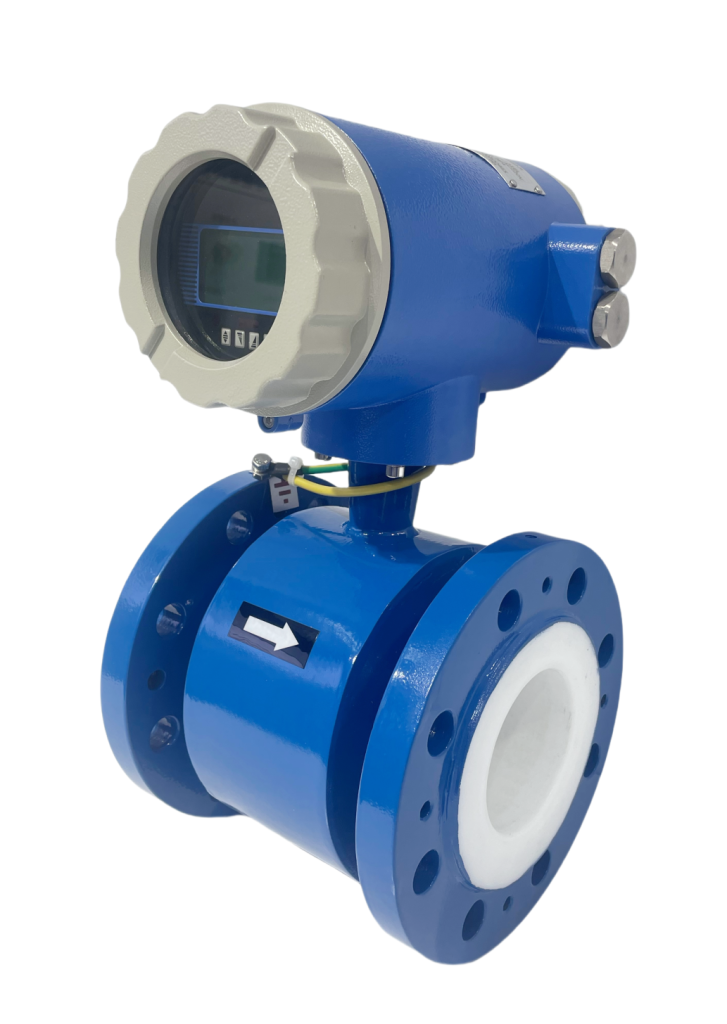

Principle: Based on Faraday’s law of induction, these electromagnetic flowmeters generate a magnetic field in the flowing stream. When the conductive liquid flows through this magnetic field, an electromotive force is generated, which is proportional to the flow rate. The voltage is measured and used to calculate the flow rate. Application: Suitable for measuring conductive liquids such as water and chemicals. Example: Used in water treatment plants, wastewater and slurry systems.
The design principle of each flow meter determines that they are used to measure liquids under certain working conditions, such as flow conditions, accuracy, etc., providing a variety of options for liquid flow measurement. Hefei Jingda Instrument Co., Ltd. (formerly Hefei Instrument Factory) was established in 1958 and has a history of nearly 70 years in professional flow meter production.
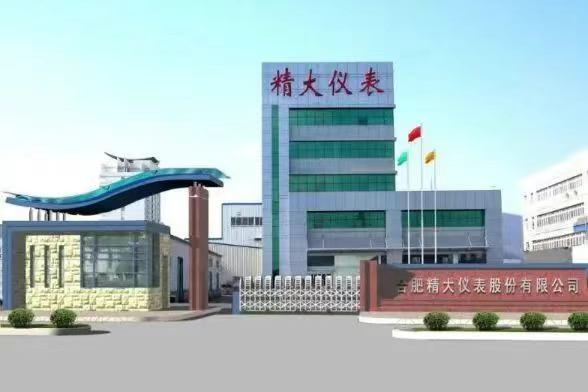
We focus on producing products that users are satisfied with and providing first-class services. Friends from all walks of life are welcome to consult at any time.

